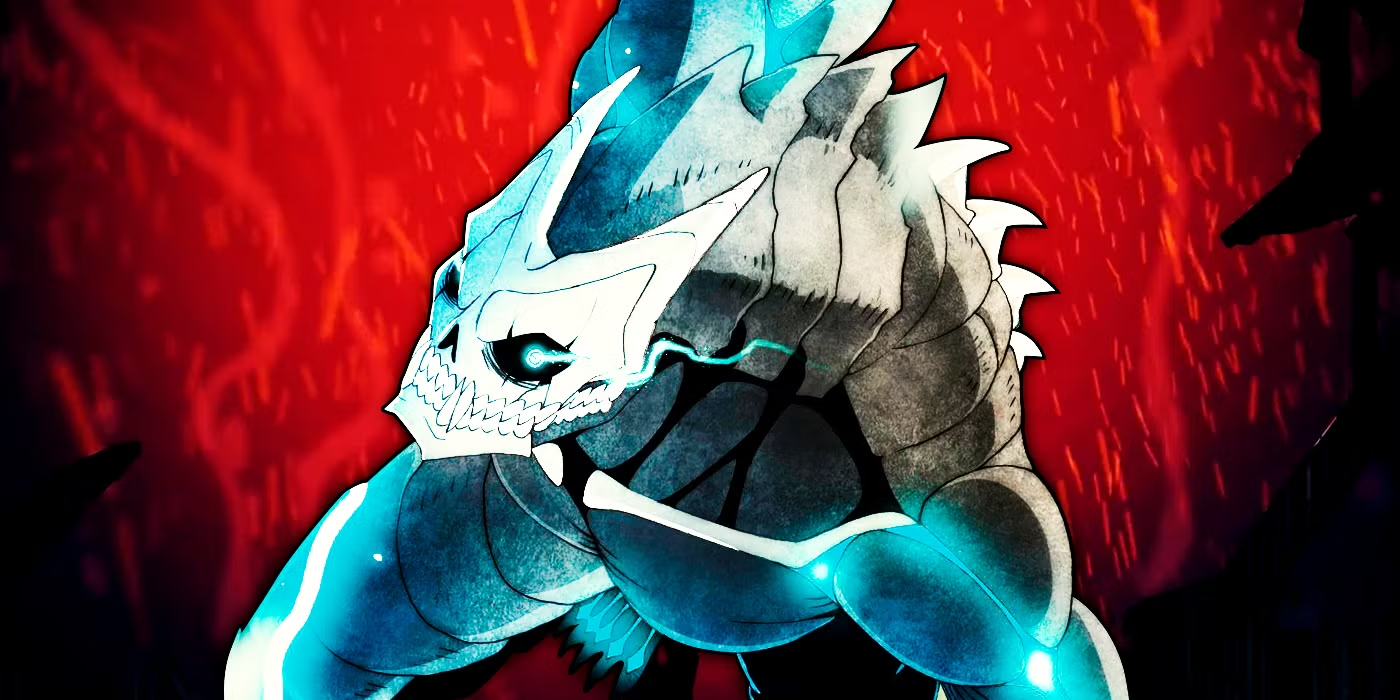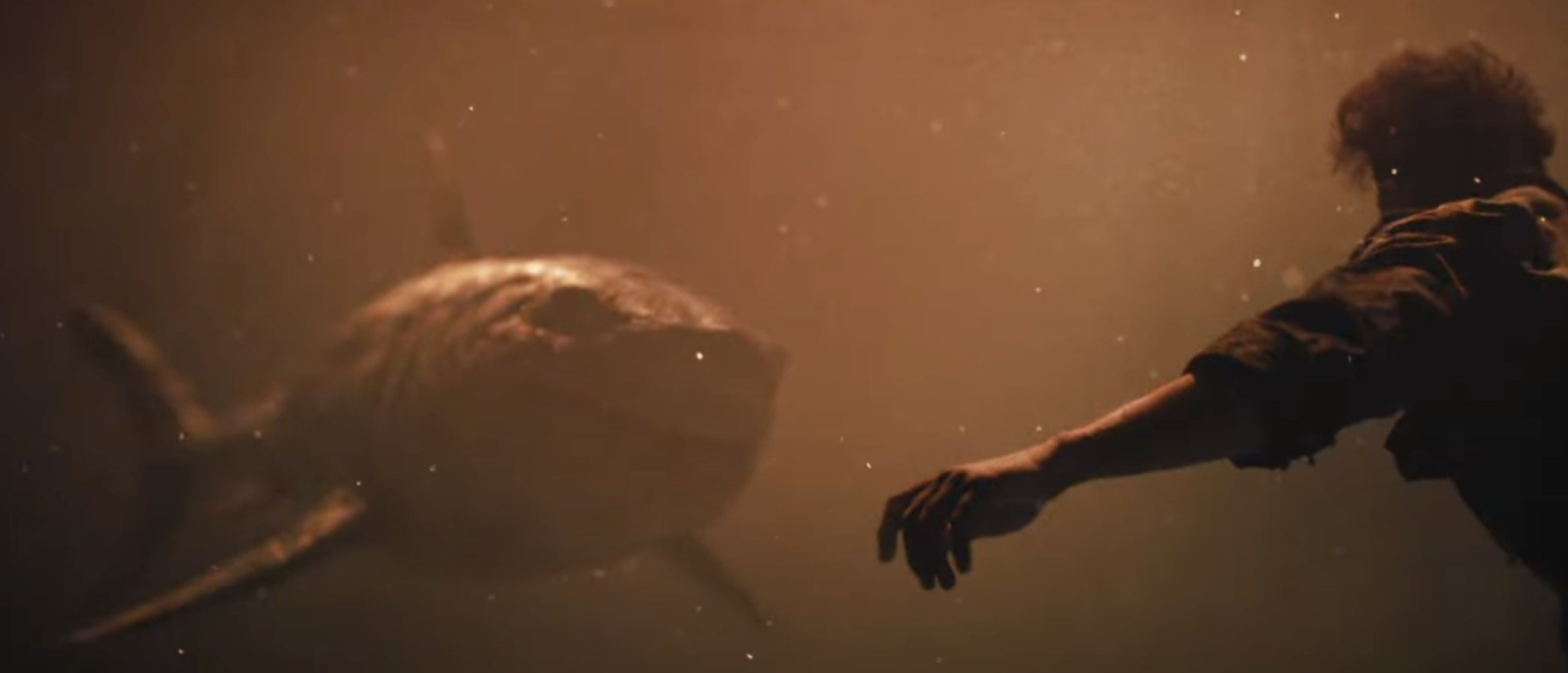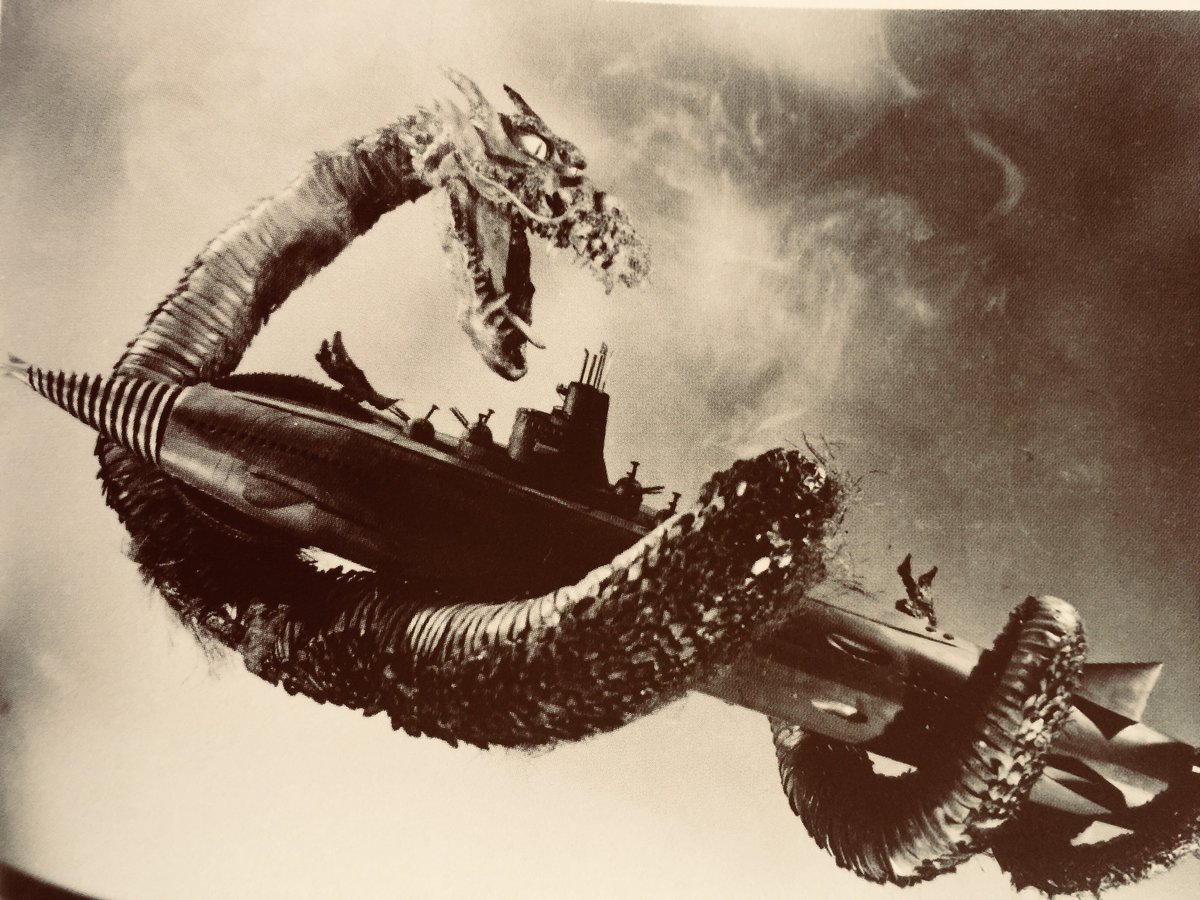For much of recent history, Japan has been a cultural powerhouse in regard to hit media. Ever since the popularity of “trash cinema” in the United States in the early to late 1950s, films like Godzilla have made waves in the west, with both rip-offs and actual American adaptations being made. Kaiju became more than a genre; it became a cultural art, with characters like Godzilla and Gamera headlining this movement. American audiences began to grow an infatuation with the genre of kaiju. They adored the low-budget sci-fi fun, reminiscent of the western sci-fi of the 1930s. The 1950s and 1960s were huge for low-budget filmmaking aimed primarily towards the youth, with midnight double features of “creature features” taking over drive-ins. Japanese films, of course, allowing audiences to expand their palate beyond the borders of their own nation.
Fast forward to the 1990s and early 2000s. Anime was steadily increasing in popularity in the United States, with channels such as Toonami, which started in 1997, airing dubbed versions of hit Japanese animated shows such as Dragon Ball Z, Pokémon: Indigo League, and, later, shows like Naruto. Toonami aired on Adult Swim, capturing the audiences of those too old to consider themselves children but those far too young to be considered adults. These were teenagers who wanted to stay up late with their friends, have a good time, and watch something with color and action. Though in different forms, this is very reminiscent of the creature feature boom in the 1950s, with the same demographic staying up and watching these shows and movies.

In comes the 21st century. Digital filmmaking and more special effects tools are becoming available. Now, studios can use special effects like never before. Now, visual effects artists had the ability to take their talent to a whole new level, using this technology to create hyper realistic creatures on film. Of course, studios are now able to take advantage of this, remaking many creature features with modern day visuals. In comes the 2020s and the rise of the anime in social media. With the pandemic, there was a surge of popularity in these series, with anime and manga going from what many would consider a niche interest transforming into the mainstream media. Anime was not something to look down upon. Series like Jujutsu Kaisen and Attack on Titan (both series being about fighting monsters) became cultural phenomena not just in Japan but all over the world. Every week, social media would be taken over with posts regarding anime series, the popularity of the art hitting its peak.
Whether it was some struck of luck or well-thought-out planning, Naoya Matsumoto released the first chapter of his manga Kaiju No. 8 in July on 2020, at the peak of the anime and manga popularity when monster movies were still hugely popular. An anime adaptation was, of course, soon to follow, and was released in April of 2024.
Following the story of Kafka Hibino, a Kaiju cleaner turned Kaiju, Kaiju No. 8 takes place in a world where giant monster all-out attacks are a dime a dozen. In order to combat this, however, there exists the Japan Anti-Kaiju Defense Force. The first thing that truly makes Kaiju No. 8 stand out against most typical Kaiju films is that it takes a much more Shonen-approach to the story. Instead of the main characters working with Kaiju or fighting against the monsters, it follows in the vain of series like Naruto with the main character being both the human and the monster. Hibino, after swallowing a small Kaiju, obtains the ability to transform into the extremely powerful titular Kaiju: Kaiju No. 8. This allows the series to have a unique approach to both the stereotypical Shonen transformation and Kaiju story.

Kafka Hibino is the main character, yes, but also works as the main villain, at least in the eyes of the Defense Force. The only people he can trust are Reno Ichikawa, his old coworker who works as the typical “rival” that is usually seen in the Shonen genre, and Kikoru Shinomiya, the privileged daughter of one of the manufacturers of Anti-Kaiju Weaponry. This plot point allows the anime to do a lot of very unique storylines with the characters. Some of the standouts involve whenever Hibino has to fight someone from the Defense Force while in Kaiju form, such as episode 8 in which Hibino fights Soshiro Hoshina, the vice-captain of Division 3 where Hibino works. Hoshina does not know that the Kaiju he is fighting is his coworker, but Hibino needs to keep this in mind in order to not injure his friends. This dynamic permeates throughout the entirety of the series, with Hibino needing to keep his secret away from the Defense Force while also needing to use his power to help his division and the country.
The strongest aspect of this series is most definitely its main characters in Kafka Hibino, Reno Ichikawa, Kikoru Shinomiya, Soshiro Hoshina, and Mina Ashiro. Many of these characters play into the typical stereotypes that we see in a Shonen series, but tend to turn them on their head. Hibino starts off as weak then obtains a mysterious power, sure, but he is not just the regular teenage protagonist we are used to. He is in his 30s with a whole life he has already lived. He has had to live with failure and therefore knows more about people than the typical protagonist. Shinomiya plays the stereotypical role of the hot-headed tritagonist as well as the main woman of the group (think Sakura from Naruto or Nobara from Jujutsu Kaisen), but she is much younger than the rest of the cast. This allows her a lot more character growth throughout the season as well as getting rid of the typical romance subplot. Ichikawa and Hibino have some kind of rivalry, sure, but it does not stem from hatred like Naruto vs. Sasuke or Midoriya vs. Bakugo. Ichikawa and Hibino started off as coworkers, then became friends, then became rivals. They have arguments, sure, but they raise each other up in order for both of them to grow. I find this relationship very refreshing. Seeing characters actually like each other and provide this growth, already starting off as friends, makes much more realistic dynamics.
The one place where character writing may falter is with the villains. Though all of the Kaiju fights and designs are fantastic, the main villains do not have much development, which is not necessarily a bad thing, but leaves much to be desired. Introduced fairly early on, Kaiju No. 9 is the perfect antithesis to Hibino. Instead of being a human who can turn into a Kaiju, No. 9 is a Kaiju who can shapeshift into a human. The premise of this is very interesting, but the show so far has not done enough with the character to make the villain as compelling as others in the genre.
Speaking on villains, however, the Kaiju designs themselves are exactly what they should be. There are some very clear influences, with the first Kaiju we see being incredibly inspired by Godzilla, but the show takes many liberties with it. It combines the traditional reptilian monster we are used to seeing with anime creatures like Titans or Cursed Spirits. Within the beginning, we see a Kaiju with a humanoid face and hands, something rarely seen within the film genre. It adds this layer of fantasy that I wish was in more modern Kaiju films. Some of the designs feel like Matsumoto was throwing ideas on the wall in the best way possible. One of the larger arcs of the season follows Division 3 fighting against a giant mushroom-shaped Kaiju. Is this a reference to the mushroom clouds caused by atomic bombs, the birthplace of Godzilla? Or is it just a fun idea? Either way, it makes the show much more dynamic and reminds the audience of old sci-fi and Kaiju films in which the filmmakers would come up with just about anything.

One of the details that may be easily overlooked on first watch of the series is the beautiful soundtrack that is playing in just about every scene. Composed by Yuta Bandoh, the OST stood out as something wholly unique, combining Akira Ifukube-inspired horns and brass to touch upon the Kaiju aspect of the show with J-Rock and Hip Hop sounds in order to make something interesting and dynamic. It perfectly fits with the general vibe of the show. The music tends to fall flat, however, with the opening and end-credits music. Sung by Yungblud and OneRepublic respectively, neither of the songs seem to fit the aesthetic that the OST so meticulously achieves. Not to say that either song is bad (even if the opening is not one of my favorites), but I feel as if both were odd choices for such a specific tone of show.
The animation is both the best and worst thing of Kaiju No. 8. Production I.G. has an impressive roster under their belt, with famous anime such as Haikyuu!! and Psycho-Pass, so Kaiju No. 8 was in very safe hands. The fights are what stood out the most, specifically when Hoshina has to fight Hibino or Kaiju No. 10. CGI is rarely seen, with the studio opting for a more hand-drawn look that many viewers prefer. These fights are highly dynamic and allow much action to take place within the episodes. This also makes the large-scale monster battles look all the better. Viewers are able to feel the work that the animators put in. The one downside to the anime, however, is that the art style and character designs feel a little cheap, especially compared to the manga comparison. Again, the animation is by no means bad, but the characters leave a bit to be desired. The art style of the manga goes into much detail with even the shapes of a character’s face, to where the anime loses a lot of that detail.

So, the final question is, of course, is Kaiju No. 8 worth watching? If you are interested in Kaiju or Shonen anime and want a fun-time, Kaiju No. 8 is a perfect watch. It does not offer any deeply meaningful plotlines or think-pieces, it does offer a fun action story with a unique plot sure to please anyone just looking for a good time. It offers a great introduction to a world riddled with monsters, but leaves much to be desired in the coming seasons.





